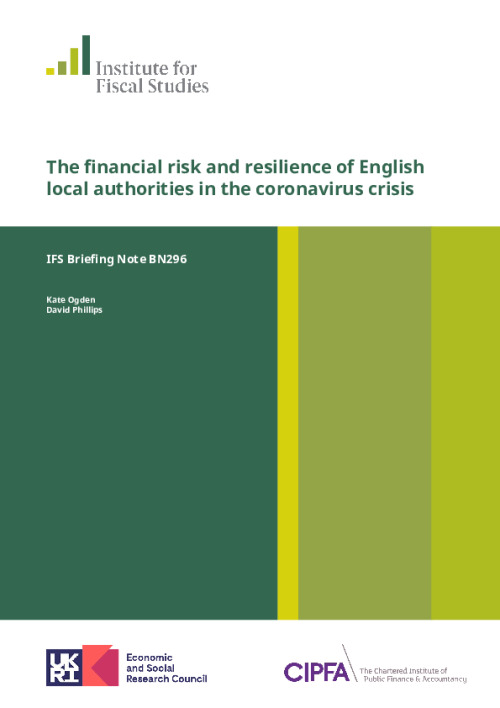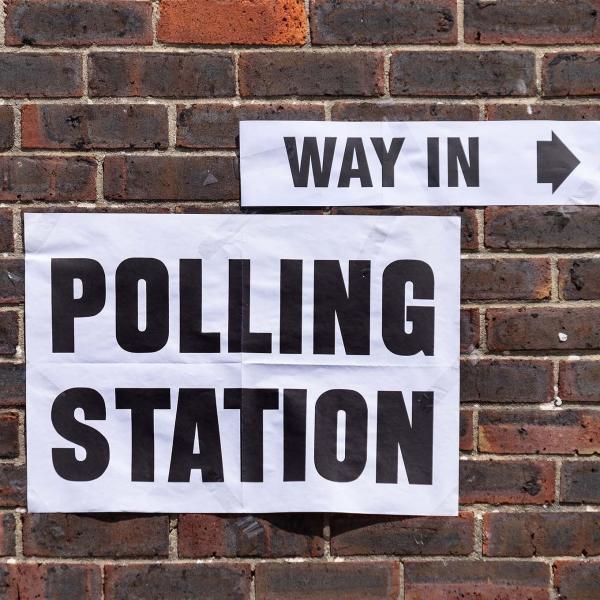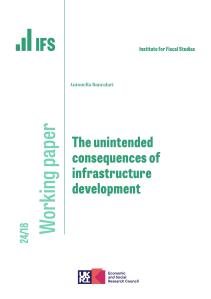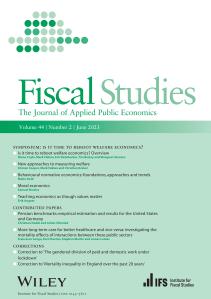Local authorities (LAs) across the country are among those on the front line of the coronavirus crisis. But geographical differences in demographic and economic structures make different parts of the country more vulnerable to different effects of the crisis – on health, on families and children, and on jobs and incomes. This means the demands and costs facing each LA will change in different ways and at different times. Moreover, differences in the extent to which each LA relies on different revenue sources, and in their financial reserves and commitments, mean they face differing degrees of financial risk and have differing degrees of financial resilience.
This report is published alongside a spreadsheet dashboard that collates for each LA in England a series of indicators of coronavirus-related risks. It looks at the extent to which these risks vary and the degree to which they are correlated, focusing on LAs’ revenues and financial resilience. It also briefly discusses the extra funding that central government has made available to them to help them address these risks in the current financial year.
Key findings
- The government has allocated £3.2 billion of general funding to LAs to help them cope better with the impact of the coronavirus crisis on their spending and income. Most of the first £1.6 billion of this was allocated on the basis of estimated needs for adult social care spending. But the second £1.6 billion has been allocated on a per-person basis, and 35% of funding from this tranche in areas with two-tier local government is going to lower-tier shire districts, up from less than 2% of the first tranche, with a reduction in the share going to upper-tier counties, which have responsibility for social care services.
- The changes in how the second tranche of this funding has been allocated were motivated by returns from LAs suggesting the crisis is expected to impact income more than spending. Returns from a group of urban authorities mostly in the Midlands and North of England suggest impacts on income could exceed impacts on spending by two-thirds, with income from business rates and sales, fees and charges particularly affected.
- Lower-tier shire district councils are particularly reliant on business rates revenues and income from sales, fees and charges, likely putting them at greater risk of revenue falls. On average, they could lose business rates revenues equivalent to 18% of revenue expenditure before a ‘safety net system’ compensates them for losses, compared with 6% for urban metropolitan districts and 2% for county councils. Fees for parking, cultural and leisure services, planning and trade waste schemes, which are likely at particular risk, are equivalent to an average of 29% of shire districts’ budgets, compared with 7% for London boroughs and less than 1% for county councils.
- There is substantial variation in reliance on these revenue sources between individual LAs, implying significant variation in risk to overall revenues. One in ten shire districts rely on fees from parking, cultural and leisure services, planning and trade waste schemes for less than 9% of their expenditure, while another one in ten rely on them for more than 55%, for instance.
- LAs serving more deprived communities seem likely to be subject to less revenue risk than LAs serving more affluent communities. First, they rely less on income from sales, fees and charges, and much less on council tax revenues. For example, the tenth of LAs with the highest levels of deprivation rely on council tax for 32% of their non-schools revenue expenditure, compared with 69% for the tenth of LAs with the lowest levels of deprivation. Second, a smaller share of jobs in their areas are in the sectors most affected by the coronavirus lockdown (such as non-food retail, hospitality and transport), and a smaller fraction of their adult residents are self-employed and had to wait until late May for financial support for loss of income.
- LAs’ ability to cope with increased borrowing is likely to vary significantly. For example, forecast reserves as of March 2020 (pre-COVID) were less than 20% of non-schools revenue expenditure in one in ten LAs, but more than approximately 160% of non-schools revenue expenditure in another tenth. Debt servicing costs, which are hard to adjust unless LAs are able to refinance debt on more favourable terms, are essentially nothing for one in ten LAs, but account for more than 20% of non-schools revenue expenditure in another tenth.
- On average, LAs that are more reliant on revenues that look particularly vulnerable in the short term have higher reserves, but this is far from always the case. On average, shire districts have reserves equivalent to 110% of non-schools revenue expenditure, compared with 41% for London boroughs and 25% for shire counties. This should leave them better placed to manage a temporary decline in revenues. But three LAs (all shire districts) are among the bottom 30% of LAs in terms of reserves, but also among the top 30% in terms of reliance on sales, fees and charges (SFCs) from culture, parking, planning and trade waste and above-safety-net business rates revenues. For 19 LAs, income from these SFCs and above-safety-net business rates revenues exceeds their forecast reserves as of March 2020.
- LAs with higher levels of deprivation have residents who appear more vulnerable to the coronavirus crisis on a number of dimensions, potentially increasing service demands and challenges. Mental ill health, homelessness and overcrowding, interventions from children’s social services, and receipt of free school meals are higher in LAs with high levels of more general deprivation. If, as evidence suggests, households already facing challenges and poverty are more vulnerable to the stresses and strains of lockdown and social distancing, the demand for support from LAs and other public services could increase. Prevalence of conditions that increase the risk of severe COVID-19 – coronary heart disease, diabetes and hypertension – are also higher in some deprived LAs, especially in the North of England. If individuals with such conditions are asked or choose to socially distance for an extended period, they may need more support from LAs in both the short and longer terms.
- Taking these findings together suggests LAs of different types and serving different types of communities will be affected by the coronavirus crisis in different ways. LAs serving more affluent communities and especially shire districts appear to be exposed to greater revenue risks due to their reliance on local taxes and SFCs income (rather than central government grants). On the other hand, LAs serving more deprived communities could see particular increases in service needs and challenges if the coronavirus crisis hits individuals and families already suffering disadvantage harder, and these effects could be long lasting. These patterns should be borne in mind by the government if and when it allocates further funding to LAs.










